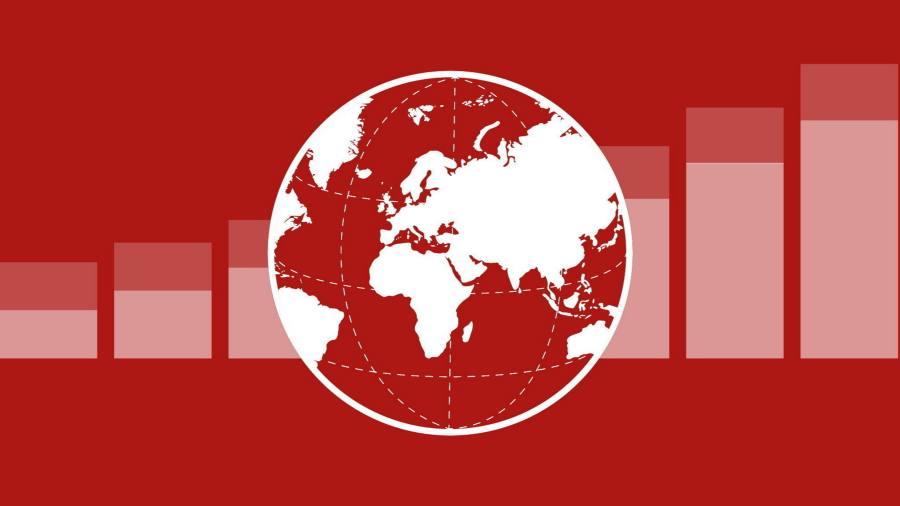Receive free Markets updates
We’ll send you a myFT Daily Digest email rounding up the latest Markets news every morning.
European stocks and Wall Street futures rose on Wednesday while the dollar declined, as investors awaited closely watched US inflation data that is expected to show price growth falling to a more than two-year low in June.
Europe’s region-wide Stoxx 600 advanced 0.7 per cent, led by basic materials and healthcare stocks, while France’s Cac 40 gained 0.8 per cent and Germany’s Dax added 0.7 per cent in early trading. London’s FTSE 100 rose 0.8 per cent, with all sectors apart from real estate in positive territory.
Contracts tracking Wall Street’s benchmark S&P 500 rose 0.2 per cent ahead of the New York open while a measure of the dollar’s strength against a basket of six other major currencies fell 0.2 per cent, as investors looked ahead to speeches from four Federal Reserve officials and the release of US inflation data for June.
The annual increase in the consumer price index is forecast to decline to 3.1 per cent from 4 per cent in May, according to economists surveyed by Refinitiv. That would mark the slowest rate of inflation since March 2021. Core inflation, which strips out volatile food and energy prices, is expected to slow to an annual rate of 5 per cent in June from 5.3 per cent.
Markets expect the Fed to raise rates by 0.25 percentage points when the central bank meets at the end of July, with a roughly 50 per cent chance of another raise by November. However, “if we see a dovish CPI print, then the Fed may end this tightening cycle with [0.25 percentage points] in July”, said analysts at JPMorgan.
Investors are also split over whether the US can avoid a recession. “Think of the economy and the markets as coming to a fork in the road, with one path headed towards a soft landing and its corresponding positive market implications, and the opposite for the other path ending in a recession,” said Jason Draho, head of asset allocation for the Americas at UBS Global Wealth Management.
“Doubts about a soft landing hinge on two related points,” Draho added. “First, while there’s been rapid disinflation in headline CPI, core inflation has been stickier. The risk is that this will persist, especially if growth stays relatively strong, forcing the Fed to hike rates more than the 1.5 times currently priced in the markets.”
Elsewhere, Asian markets were mixed. China’s CSI 300 and Japan’s Topix both fell 0.7 per, but Hong Kong’s Hang Seng index rose 1.1 per cent and Korea’s Kospi added 0.5 per cent.
Read the full article here



